Ancient Trees of Bükkábrány EarthCache
Ancient Trees of Bükkábrány
-
Difficulty:
-

-
Terrain:
-

Size:  (other)
(other)
Related Web Page
Please note Use of geocaching.com services is subject to the terms and conditions
in our disclaimer.
Nature Reserve Ipolytarnóc Fossils
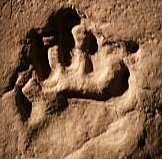 World-famous nature reserve were relics of the past, in a Miocene volcanic eruption buried ancient treasures. I also could say, following the fashion of the present times: disaster tourism destination area!
World-famous nature reserve were relics of the past, in a Miocene volcanic eruption buried ancient treasures. I also could say, following the fashion of the present times: disaster tourism destination area!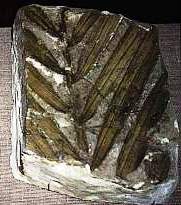 The Indigenous Secular Pompeii Budapest only to 150 km, NW, near the Slovakian border of Hungary founded.Miocén Park our shark teeth sprinkled beach sand, subtropical forest giant, fossilized trees and exotic plant prints, ancient secular monsters footprints, the volcanic tuff flood of up fried remains, and all of these original position along a geological nature trail will become apparent. And the advances in the realm of mystery: only a fraction of the fragments to the surface so far, most of the last under our feet, unexplored!
The Indigenous Secular Pompeii Budapest only to 150 km, NW, near the Slovakian border of Hungary founded.Miocén Park our shark teeth sprinkled beach sand, subtropical forest giant, fossilized trees and exotic plant prints, ancient secular monsters footprints, the volcanic tuff flood of up fried remains, and all of these original position along a geological nature trail will become apparent. And the advances in the realm of mystery: only a fraction of the fragments to the surface so far, most of the last under our feet, unexplored!
Trees of Bükkábrány
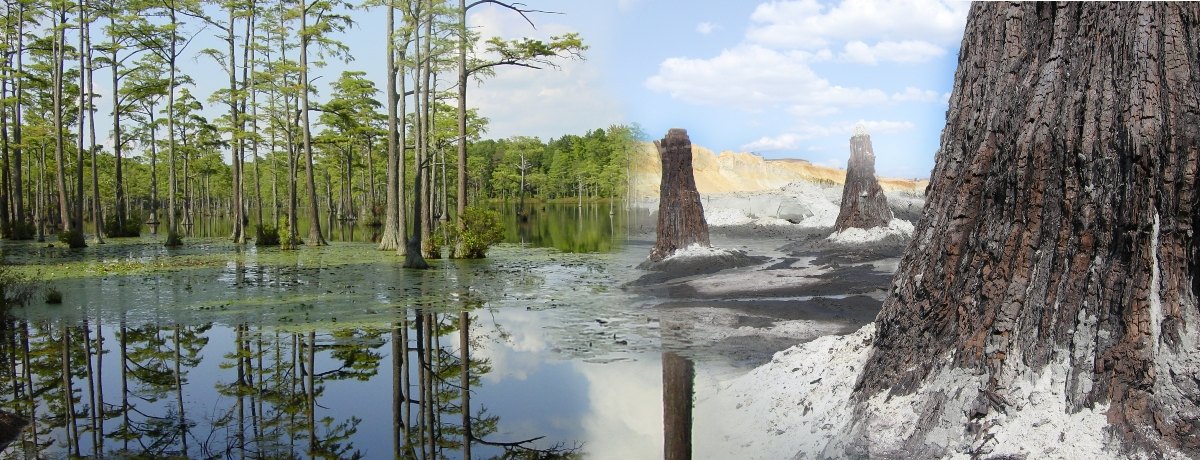
The miners found the fossils in July 2007 in a lignite mine near Bükkábrány buried 60 feet deep. The 16 strains of 7.2 million year old trees used to be a part of the jungle. A sudden sandstorm or mudslide can be the cause of their downfall, the forest, which is about 6 m high, thus preserving the lower part of the swamp cypress, while their upper halves, uncovered by the sand or mud, have been destroyed. The results of light and scanning electron microscopic studies showed in addition to swamp cypress, the discovered species coast redwood as well.
They aren't fossilized trees but instead real tree trunks. You can't found similar trees anywhere in the world. You can see this only on Hungary in this place and in Miskolc.
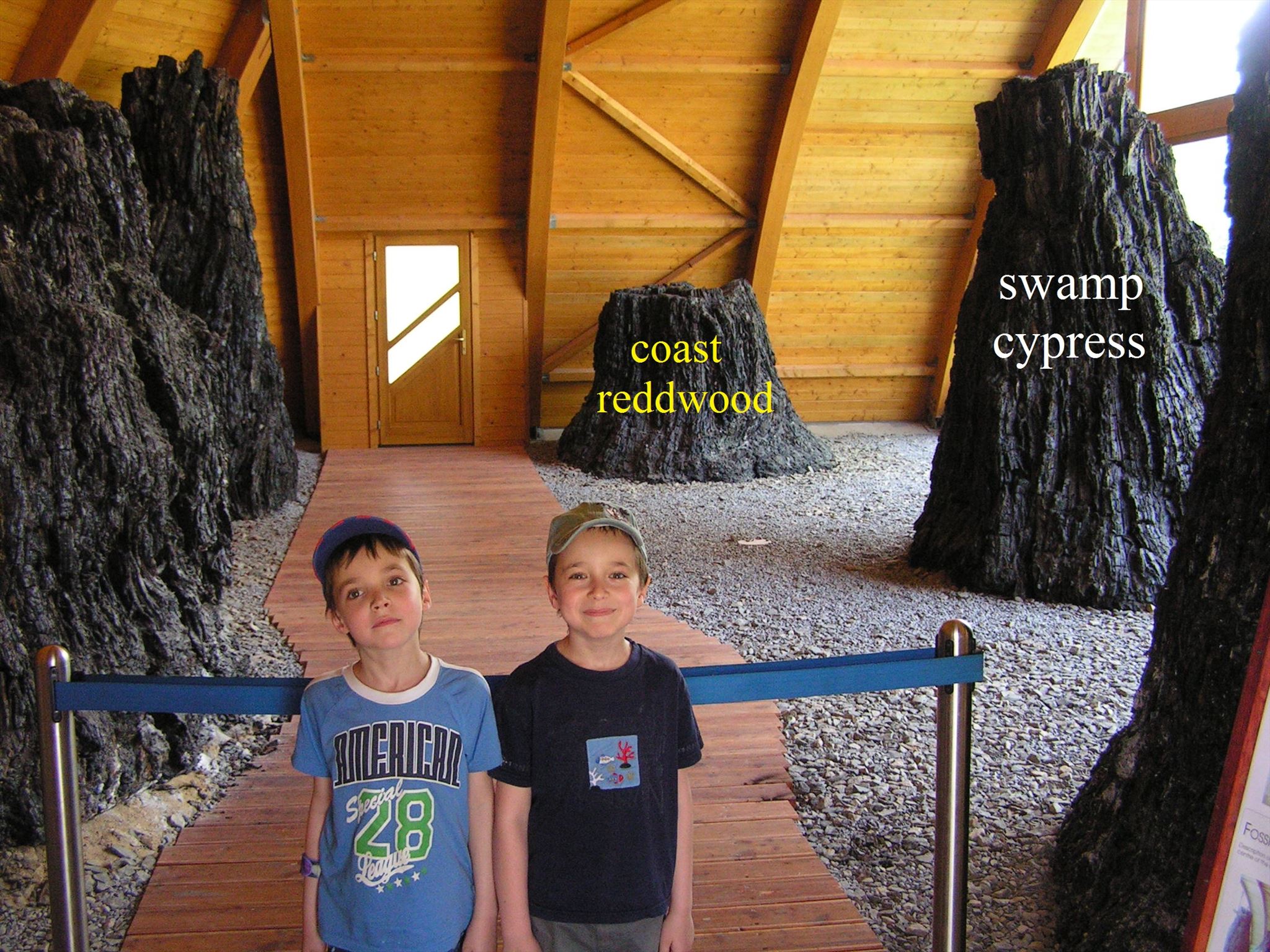
Geographical History
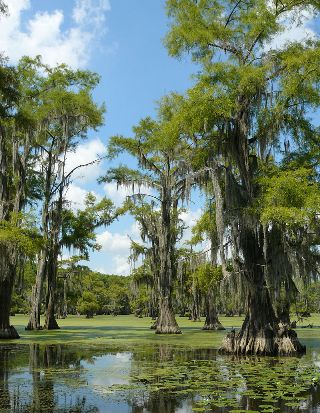 We know that in the upper Miocene continents contsantly move, leading to strong surface design forces. The two highest peaks of Central Europe, the Alps and the Carpathians, came to be as a direct result of collision between the Eurasian and African plates. The rivers in this region (old-Danube, Tisza Old) crashed in the Carpathian Basin, which at that time was the Pannon sea. Washed the rivers and deposited all their sludge in the basin, which was even more pronounced, as the basis of the Carpathia pool was raised to the point where the connection between the sea and the Pannon sea Thetis was separated. The remaining small inland seas were gradually filled in the rivers. The desalination of coastal marshes and began the typical plant species of the region was probably the cypress. The climate was much warmer, subtropical, in the Flora brought alder, birch and cat tail mostly. During the upper Miocene, a large forest cover. The devastation of forests has resulted in a 11 million years old process, the formation of local lignite, is based on a large degree of the domestic electricity supply. This, once vast forest probably most of the marshy north coast of the Pannon sea, waving over the entire landscape was covered.
We know that in the upper Miocene continents contsantly move, leading to strong surface design forces. The two highest peaks of Central Europe, the Alps and the Carpathians, came to be as a direct result of collision between the Eurasian and African plates. The rivers in this region (old-Danube, Tisza Old) crashed in the Carpathian Basin, which at that time was the Pannon sea. Washed the rivers and deposited all their sludge in the basin, which was even more pronounced, as the basis of the Carpathia pool was raised to the point where the connection between the sea and the Pannon sea Thetis was separated. The remaining small inland seas were gradually filled in the rivers. The desalination of coastal marshes and began the typical plant species of the region was probably the cypress. The climate was much warmer, subtropical, in the Flora brought alder, birch and cat tail mostly. During the upper Miocene, a large forest cover. The devastation of forests has resulted in a 11 million years old process, the formation of local lignite, is based on a large degree of the domestic electricity supply. This, once vast forest probably most of the marshy north coast of the Pannon sea, waving over the entire landscape was covered.
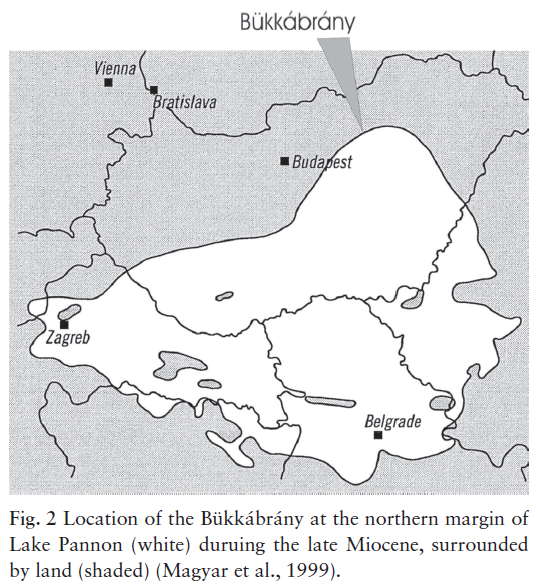
Formation of the conserved forest section
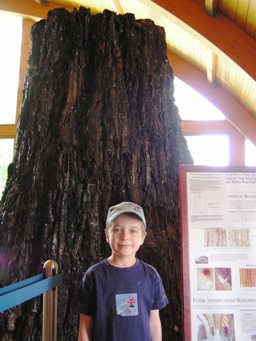 This part of the forest in question had been covered in sand falling 6 meters deep and thus preserving fossilizing it with a minimal change in its structural morphology for the last 8 million years prevented. How can it be ?
This part of the forest in question had been covered in sand falling 6 meters deep and thus preserving fossilizing it with a minimal change in its structural morphology for the last 8 million years prevented. How can it be ?
A 6 meters deep layer of wet sand or silt suddenly covered the lower part of the forest in air-tight seal every living organism that once belonged to the biosphere. In the one hand wet, airless environment preserved the remains but on the other hand prevents fossil diagenesis from happening. As a result, we have a frozen moment from that exact paleoenvironment before our eyes. The forest conservation above this layer slowly disintegrate the evidence be found of which sunk both in the upper layers or in the ground where driftwood and other things have. Happens 8,000,000 years in the meantime, have the geological processes which together with the landscape make this age old coastline with 60 meters of rubble covered. The formation of what is today the Hungarian countryside and began the formation of mining.
And how significant this finding and phenomenon? In view of the upper Miocene map of Carpathia Basin it is clear that the swamp forest covers most of the north-eastern Hungary and shows crytical meeting with the lignite field today. It is quite possible that more than one of these portions of the forest was covered in a semi-major Hungary region.
We pointed out how different the results are Bükkábrány from others of the same era, most of which fossil remains. We need that, although the fossil diagenesis could not happen in its dramatic form, add partially and traces it can be observed even in the Bükkábrány tree trunks. What has happened not as overall condition, but a process of airtight preservation and a further qualify minimally reduced in a special taphonomic environment in which the post-grave processes that took place in an 8-million in the period were close. The result occure in paleobotanical special happenings (or lack of) like how the roots were filled part of the lignite and as marcasite, the cracks of the wood.
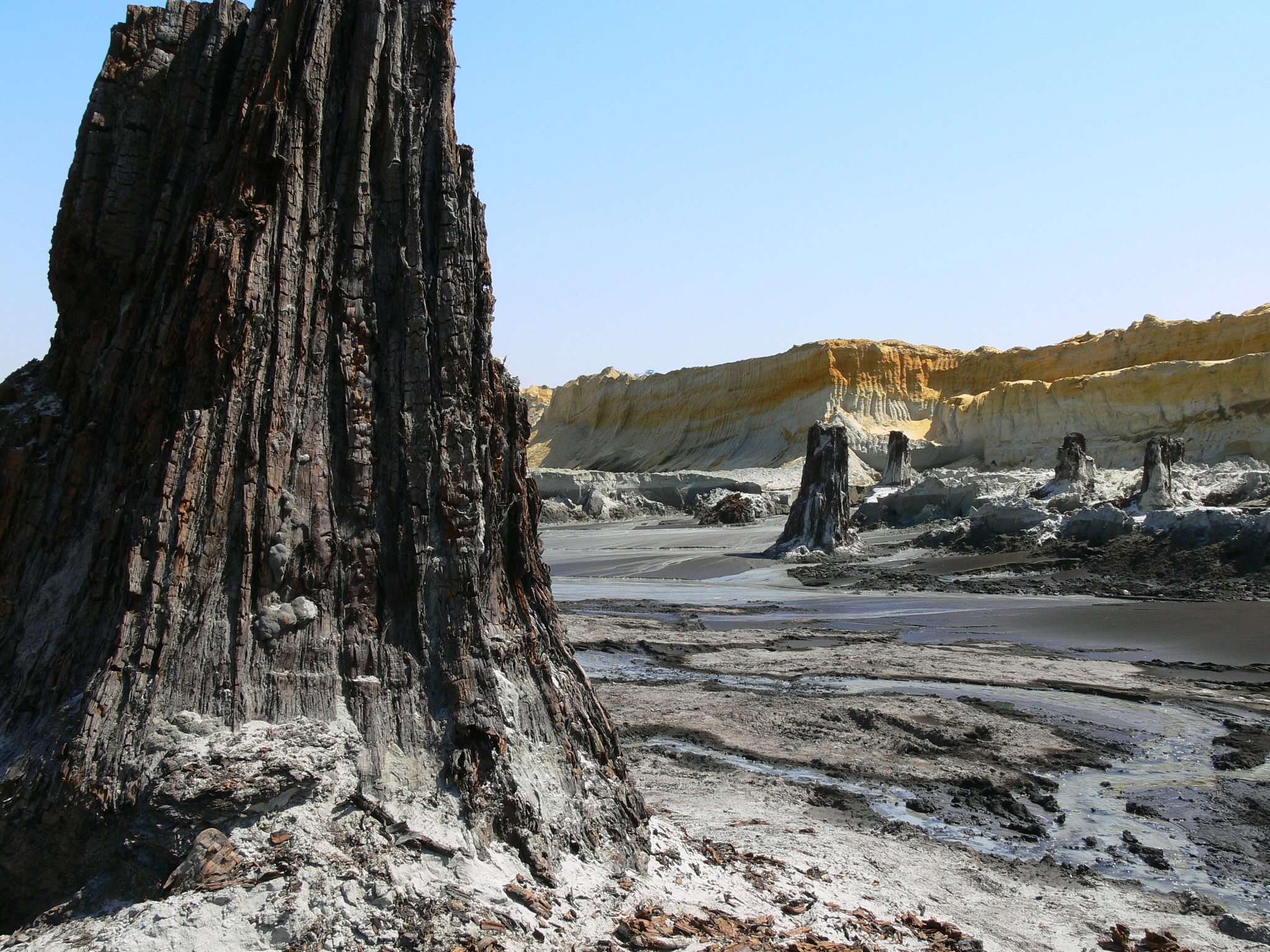
Geological Reasons
20 million years ago, the then active volcano Matra destroyed the forest of Ipolytarnóc and the classic fossil diagenesis processes are evident in the results. In contrast to what happened during the Miocene in Bükkábrány, is very different. Tectonic movements can disastress landslide that the entire region in earth or silt.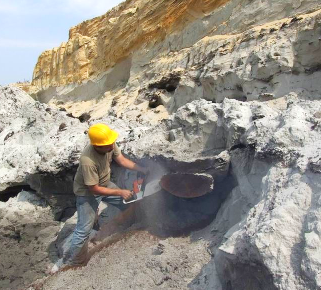 According to an earlier theory sudden winds may have deposited the sand dunes in the swamp have caused covered. But by studying the geological detail sections and the deposited sand, we find evidence of waves and water movement. Therefore, the first hypothesis is probably wrong. The surface of the deposited sand particals are shiny, barely weathered or worn, so that one end of the sand came close and was probably carried out by a river. (Sea sand is well worn). There is also the presence of gravel shows along with the sand, the evidence of the power and force of the water. Considerable gravel layers have been moved to that is probably the result of large-scale storage in a river delta. In this case, the river itself could be changed dramatically and, of course, with the volcano Viral, in the region, as it consievable a river after he is handicapped, perhaps a new river bed had to be found. The deposition of the gravel layers is addressed and shows a north-south movement in the upper Miocene. This brings the probability of some chatastrophical grave between the Pannon Sea and its northern coastline.
According to an earlier theory sudden winds may have deposited the sand dunes in the swamp have caused covered. But by studying the geological detail sections and the deposited sand, we find evidence of waves and water movement. Therefore, the first hypothesis is probably wrong. The surface of the deposited sand particals are shiny, barely weathered or worn, so that one end of the sand came close and was probably carried out by a river. (Sea sand is well worn). There is also the presence of gravel shows along with the sand, the evidence of the power and force of the water. Considerable gravel layers have been moved to that is probably the result of large-scale storage in a river delta. In this case, the river itself could be changed dramatically and, of course, with the volcano Viral, in the region, as it consievable a river after he is handicapped, perhaps a new river bed had to be found. The deposition of the gravel layers is addressed and shows a north-south movement in the upper Miocene. This brings the probability of some chatastrophical grave between the Pannon Sea and its northern coastline.
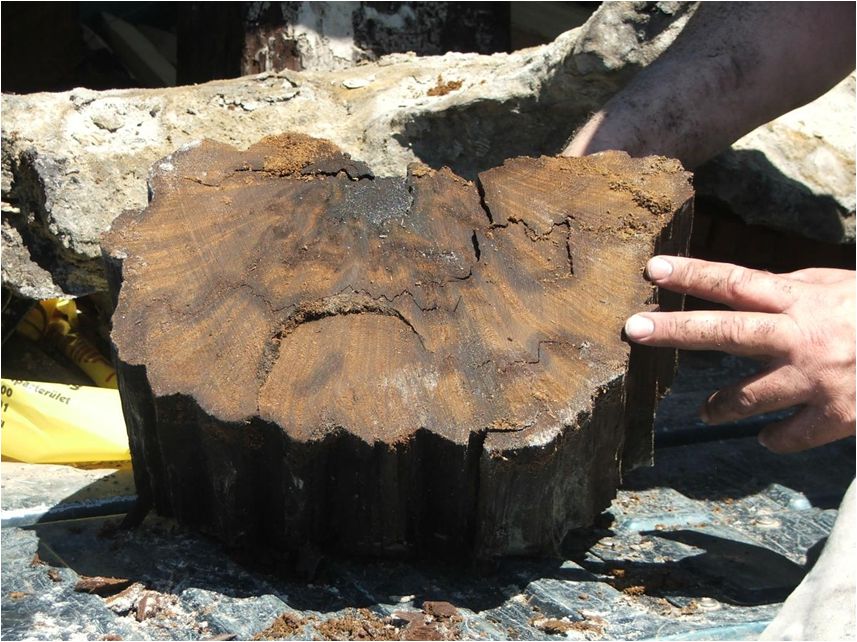
Conservation
These five trees have treated with two-component glue, this is unique solution. The trees on Miskolc have treated with sugar solution. This was needed because the trees was loosing our pulp content.
Resource:
Miklós Kázmér, Antalfi Eszter, Fehér Sándor, Császár Géza, Erdei Boglárka, Magyar Imre
Bükk National Park
Nature Reserve Ipolytarnóc Fossils
Thanks for help and permission to Mr Imre Szarvas
To log your visit, please.
Send your answer via e-mail to me...
Please don’t give answer in your log !
1, Look at how thick the stumps, what do you think how old were they when they died ?
2, What do you think why are the stumps in different heights ? ( Why aren't equal height the stumps ? )
Optionally, I would appreciate if you upload photos.
Küld el nekem a válaszokat e-mail ben
Kérlek ne adj meg választ a logodban !
1, Nézd meg milyen vastagok a tuskók, mit gondolsz milyen idősek voltak mikor elpusztultak ?
2, Mit gondolsz miért különböző magasságúak a tuskok (miért nem azonos a magasságuk) ?
Örömmel veszem ha feltöltesz fotókat.
Free Hungarian GPS unit digital map means 'hiking trail' program from here downloadable.

Additional Hints
(No hints available.)